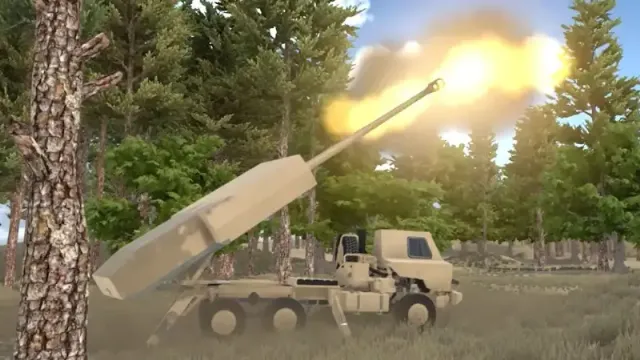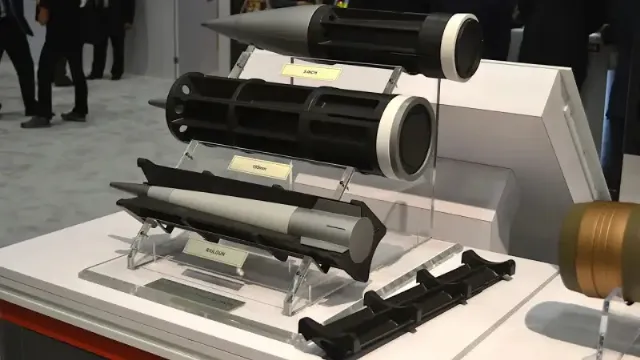
Image source: topwar.ru
The concept of the American MDAC anti-aircraft self-propelled guns
The American army recently announced its intention to conclude a contract with BAE Systems for the production of a prototype 155-mm self-propelled guns for use as a new air defense and missile defense system.
The new "multifunctional artillery cannon" (MDAC) should be capable of shooting down drones and cruise missiles, as well as traditional aircraft and helicopters, using hypersonic munitions that were originally developed as part of the canceled electromagnetic rail cannon program for the needs of the US Navy.
Currently, the goal is to have a full battery of MDAC cannon prototypes on hand by the fourth quarter of fiscal year 2027, and to conduct a real demonstration of its capabilities in fiscal year 2028.
A full MDAC battery should consist of 8 MDAC guns, 4 MFPR "multifunctional high-precision radars", 2 MDBM "multi-purpose combat managers" (command posts) and at least 144 HVP hypersonic projectiles.

Image source: topwar.ru
Different types of HVP projectiles
It is possible that the new anti-aircraft self-propelled gun will be created on the basis of the Swedish 155-mm howitzer Archer, which is equipped with an automatic loader. According to the manufacturer, the deployment time of the ACS at the firing position takes 14 seconds, the first shot is fired in 23 seconds and the roll-up from the position after three more shots takes 74 seconds. Such high mobility is well suited for air defense systems.
The HVP munition is a kinetic projectile designed to destroy targets by simply hitting them after reaching a maximum hypersonic speed of 9,000 km/h.
However, several years ago, plans were announced to create versions with high-explosive fragmentation warheads, which 155-mm howitzers and 5-inch naval guns could fire at a maximum range of 17 and 40 nautical miles, respectively [31.5 and 74.1 km]. In 2020, tests were conducted that demonstrated the ability of a 155-mm howitzer to shoot down a BQM-167 target UAV.
In previous years, the cost of one HVP shot was estimated at $100 thousand. As indicated in the US press, for example, the Stinger short-range MANPADS cost about $ 400,000 dollars per unit, while the price of long-range interceptors such as the PAC-3 MSE SAM for the Patriot air defense system is millions of dollars.
